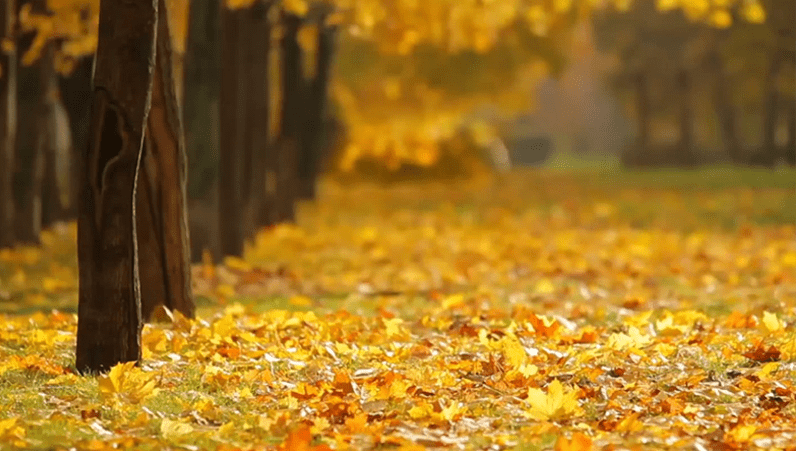Minnesota DNR shares what to expect for the 2024 fall colors season
(ABC 6 News) – With the fall season coming up, the Minnesota Department of Natural Resources (DNR) has shared its annual fall colors forecast along with what Minnesotans can expect this year.
According to the DNR, fall colors in Minnesota usually peak in mid-to-late September through mid-October. Several factors play into the timing of fall color season, including temperatures, rainfall, and day length.
In recent years, Minnesota has seen a lot of draught. But so far in 2024, it’s been much wetter, which is overall better for trees. However, the DNR says the large amount of moisture has caused fungal leaf diseases for species, including aspen and oak trees.
While this isn’t a concern for the health of the tree, the diseases could reduce the overall brilliance of the landscape because of early leaf shedding or dead spots and blotches on leaves, according to the DNR.

Tips for getting outdoors to celebrate autumn
The DNR’s Fall Color Finder is a tool for the public to track the fall colors across Minnesota. Reports are shared each Wednesday from state park staff, just in time for Minnesotans to make travel plans for the coming weekend.
New this year is a date slider that lets viewers choose dates in the future to see what typical colors are like across the state on that date, based on past data.
Top tips for planning an outdoors adventure on state lands during the fall colors season:
- Sign up for updates. To subscribe to the DNR’s upcoming weekly fall color update newsletter, visit the Fall Color Finder.
- Get information in advance. You can see visitor alerts and seasonal updates for different locations on the DNR website.
- Plan for crowds. Several state parks and recreation areas are busy, especially on weekends.
- State forests, scientific and natural areas and wildlife management areas do NOT require permits.
- Consider staying overnight. Cool nights and less bugs make fall a great time to camp.
- Bring binoculars or borrow them from state park ranger stations. Wildlife watching and birding are popular things to do in the fall.
- Check the events calendar. Many state parks have programs where visitors can learn about the natural world, take guided hikes, build outdoor skills and more. Most programs are free. A full listing of events is on the state parks calendar.
- Be aware of hunting seasons and take safety precautions. State parks only allow hunting during special hunts, which are listed on the state park hunts webpage and will be noted in visitor alerts on park websites.
- Take photos. The public is encouraged to submit their photos to be included in the photo galleries on the Fall Color Finder website.